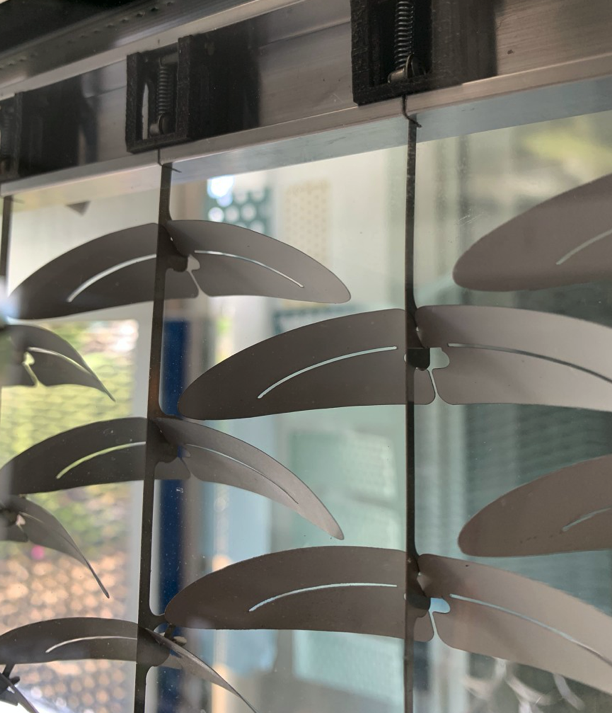Simply put, we need natural light to be happy and healthy. We need lots of it in the mornings to wake up, plenty mid-day to keep us going, and a soft tapering at night to relax us towards sleep.
The best source of natural light is…well…nature. But sunshine comes with a few drawbacks, such as blinding glare and extraordinary heat gain. That’s why shading is so important in homes and offices.
Until recently, our options consisted primarily of blinds, roller shades, and drapes. If we felt there was too much light, we pulled the drapes. If we wanted a touch more light, we opened the blinds. If we did not feel like getting up off the couch, we lived with whatever we had (usually not enough light).
Automated roller shades made it easier to synchronize our daylight control with natural rhythms, and I highly recommend utilizing this technology. We need shades to block out city lights or other light pollution at night so we can sleep well, but we need NO shades in the morning so the sun can wake us naturally. The best way to do this is to automate shades that open slowly towards morning. Or live in place with zero light pollution.
But this post is about the future of shades, not the best we have now. I was skimming through the 2020 R&D Awards in Architect Magazine when I came across a winning entry from TBM Designs for shades that automatically adapt to sunlight conditions without any electronics or moving parts.
This unique solution uses thermobimetals (isn’t that a cool word? I’m going to use it in my next presentation so people think I am smart). Essentially, thermobimetals are two metals laminated thinly together. Each layer has unique properties of expansion and contraction due to heat (sunlight). When sun hits the thermobimetal, the shape curves itself to block more sun. As the sun moves, so do the shades.
This reminds me of heliostats like sunflowers that slowly track the sun across the sky. Imagine shades that, presumably, last forever and track the sun. Yes, there are definite limitations (these would do nothing to block out your neighbor’s terrible porch light). I’m not recommending these now, and they are not on the market.
But are solutions like these the future of shading?
Read the article in Architect Magazine. And you might want to read about Zippered Wood…I’m not sure what it has to do with lighting, but I’m inspired!
